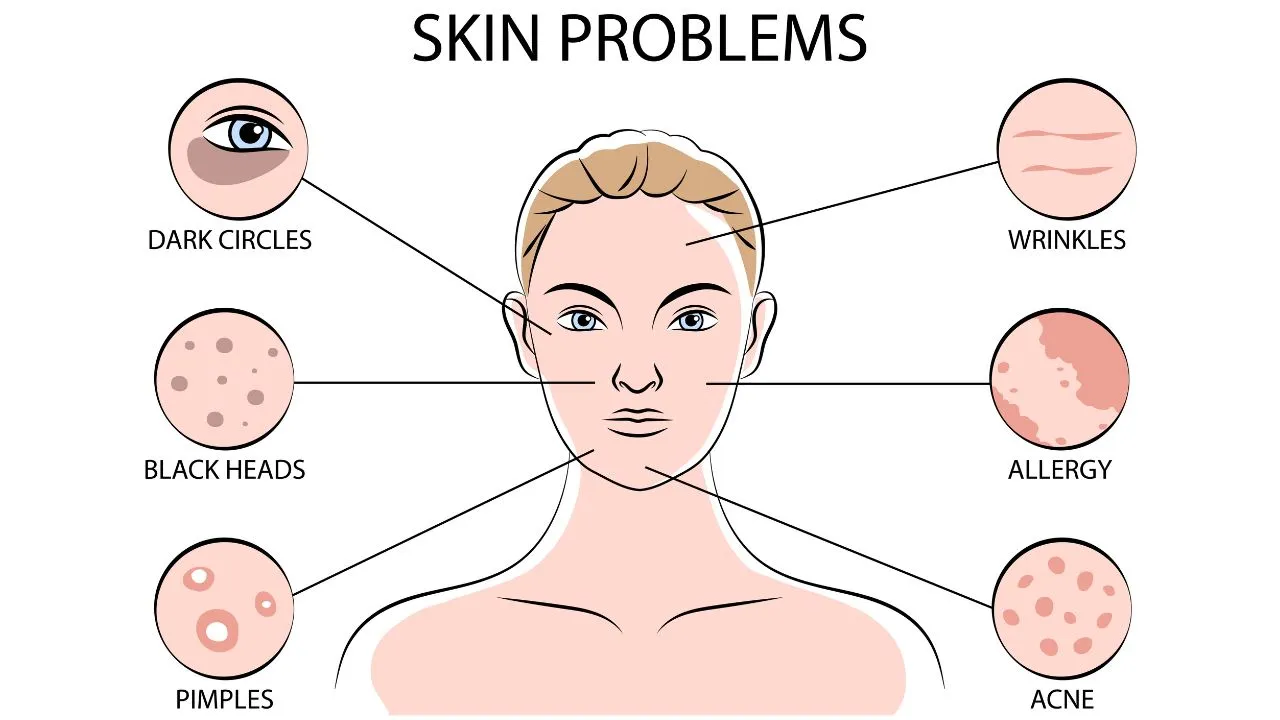Mohs Surgery Explained: A Secret Procedure in Dermatology for Handling Skin Cancer Cells Successfully
In the world of dermatology, Mohs surgery stands as an essential procedure for combating skin cancer, particularly basal cell and squamous cell carcinoma. This complex surgical approach, developed by Dr. hair loss. Frederic E. Mohs, prioritizes the exact excision of cancerous skin layers, leaving healthy tissue unblemished. But what exactly makes Mohs surgery so reliable and how does it contribute to positive patient end results? As we dive much deeper right into the procedure, its advantages, and potential complications, truth worth of this procedure comes to be significantly noticeable.
Comprehending the Basics of Mohs Surgery
Although it may seem complicated, Mohs surgery is a specific surgical technique used mainly to deal with skin cancer cells. Named after Dr. Frederic E. Mohs, that developed the procedure, it provides the greatest treatment rate for sure types of skin cancers cells, including basic cell carcinoma and squamous cell carcinoma. The key objective of Mohs surgical procedure is to remove all cancer cells while sparing as much healthy cells as possible. It acts as a recommended option for cancers cells found in cosmetically sensitive or functionally crucial areas like the face, hands, feet, and genitals. Its accuracy and high success price have actually made Mohs surgery a cornerstone in dermatology, providing want to individuals worldwide. It's important to note, nonetheless, that this procedure is typically booked for certain kinds of skin cancer cells.

The Procedure: Step-by-Step Malfunction of Mohs Surgical Procedure
While Mohs surgical treatment might appear overwhelming, recognizing the detailed procedure can help demystify the process. If cancer cells are found, the surgeon gets rid of one more layer of skin and the procedure is repeated. This cycle proceeds till no more cancer cells are found, guaranteeing the full elimination of cancer cells while maintaining as much healthy and balanced skin as feasible.
The Advantages of Mohs Surgical Procedure in Skin Cancer Treatment
An excellent variety of people have actually found the distinct advantages of Mohs surgical procedure in their fight against skin cancer cells. Pertained to for its accuracy, this method targets malignant cells while maintaining bordering healthy and balanced tissue, resulting in minimal scarring. Its high precision decreases the possibility of cancer recurrence, providing clients with assurance. The procedure is commonly done on an outpatient basis under regional anesthetic, making it much less exhausting on the body than even more intrusive surgical treatments. Better, as it involves instant microscopic examination of the removed tissue, it makes certain total cancer cells elimination in a single browse through. Therefore, it gets rid of site the requirement for multiple surgical treatments, conserving time and minimizing tension for people. Mohs surgical treatment presents an exceptional alternative for reliable skin cancer therapy.
Possible Threats and Problems Connected With Mohs Surgery
Despite its many benefits, Mohs surgical procedure is not without potential threats and difficulties. Like all procedures, it brings a risk of infection, blood loss, and an adverse response to anesthetic. In rare instances, patients might experience nerve damage, causing numbness or weak point in the area of surgical treatment. There's likewise the opportunity of a reoccurrence or spread of skin cancer, specifically if all malignant cells were not entirely removed during the treatment. Marking is an additional issue, as it can be obvious depending upon the dimension and area of the treated area. The emotional impact of a click for source skin cancer diagnosis and subsequent surgical procedure ought to not be ignored, as it can lead to anxiousness and anxiety in some clients.
Getting ready for and Recuperating From Mohs Surgery: What to Expect
To make certain the very best possible result from Mohs surgical treatment, patients require to effectively get ready for the treatment and understand what to anticipate throughout recovery. Prep work typically entails a detailed conversation with the doctor about the client's medical background, existing medicines, and possible allergic reactions. Some medications may require to be stopped before the surgical treatment to decrease bleeding. Postoperative care is crucial for successful healing. People may experience moderate pain, inflammation, or swelling, which can be next page handled with recommended medicines. They are recommended to relax, prevent arduous activities, and maintain the medical site tidy and completely dry. Regular follow-ups are needed to monitor recovery and spot any kind of issues early. The key to healing holds your horses' adherence to their health care supplier's directions.
Final thought
